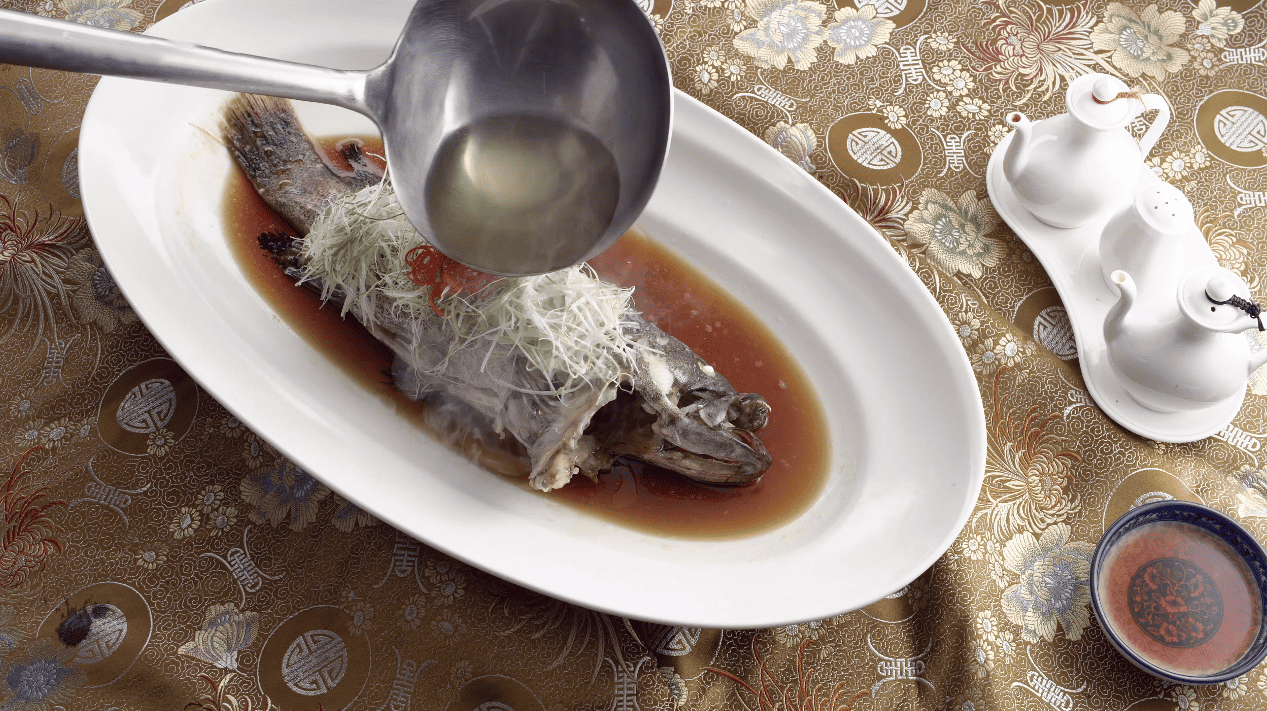Flavors of Tradition: The Global Journey of Chinese Cuisine
Anteprima del contenuto
This article comprehensively introduces the variety and characteristics of Chinese cuisine, offers suggestions for experiencing culinary culture in China, and explores the integration of Chinese food with traditional culture and its global influence.
Tutto VISTO-sono trattate le query relative a Guida turistica della Cina (aggiornato il 23 gennaio 2024)
Per una rapida panoramica, dai un'occhiata La politica cinese di esenzione dal visto per 144 ore
O Organizza il tuo viaggio in Cina posso aiutarti

Types and Features
An old Chinese saying goes, “Food is the paramount necessity of the people,” reflecting the rich and profound food culture across different regions in China, shaped by geography, climate, history, and culture.
Representative Regional Cuisines:
Sichuan Cuisine: Known for its spicy and fragrant flavors, exemplified by dishes like Mapo Tofu and Kung Pao Chicken.
Cantonese Cuisine: Focuses on the freshness of ingredients and light seasoning, with classics like White Cut Chicken and Stir-fried Shrimp.
Jiangsu Cuisine: Features mild, sweet, and salty flavors, emphasizing quality ingredients and knife skills, as seen in dishes like Yangzhou Fried Rice and Squirrel-shaped Mandarin Fish.
Shandong Cuisine: Known for its salty taste, rich use of oil and color, and emphasis on cooking time, with signature dishes like Sweet and Sour Carp and Suckling Pig.
Additionally, there are Fujian, Hunan, and Anhui cuisines, each with their unique cooking techniques and flavors, developed over long histories due to different climates, terrains, resources, and dietary customs.
Cooking Methods
- Frying: High-heat oil cooking that crisps and browns food, perfect for items like chicken gizzards, duck gizzards, poultry, and lean meats.
- Red Braising: Slow cooking with soy sauce, sugar, and cooking wine for a rich flavor and vibrant color.
- Roasting: Direct flame roasting for a crispy exterior and tender inside.
- Stewing: Slow simmering in a pot to make food soft and aromatic.
- Wet Stir-frying: Quick stir-frying followed by simmering in broth for a fresh and slightly moist texture.
- Dry Stir-frying: High heat, low oil frying for a crispy outside and tender inside.
- Steaming: Slow cooking with steam to keep food moist and tender, suitable for various shapes.
- Sweet and Sour Frying: Fry first, then simmer in sauce, reducing to a thick, rich taste.
- Hot and Sour Cooking: Stir-frying with spicy and sour ingredients for an appetizing flavor. Each Chinese cooking method brings out unique flavors. For example, steaming preserves the natural taste, while stir-frying aims for a blend of color, aroma, and taste. These methods showcase the skill in Chinese cuisine and reflect a deep understanding of food texture and nutrition.

Travel Tips for Experiencing Culinary Culture in China
Exploring China’s authentic culinary culture is a must-do for travelers. Here are some famous food cities and regions:
- Chengdu and Chongqing: Known as the birthplace of Sichuan cuisine, these cities are famous for their spicy dishes like hotpot and skewers.
- Guangzhou: A representative of Cantonese cuisine, known for its dim sum and tea culture.
- Suzhou and Hangzhou: These Jiangnan cities are famous for their delicate Jiangsu and Zhejiang cuisines, like West Lake Vinegar Fish and Squirrel-shaped Mandarin Fish.
- Beijing: Famous for Peking Duck and traditional Beijing snacks like soybean juice and Zhajiang noodles. In addition to these, China offers a vast array of local specialties to try, such as Shanxi’s knife-cut noodles, Hunan’s chopped chili fish head, Shaanxi’s mutton stew with bread, Henan’s mutton stew noodles, Hunan’s steamed dishes, Northeast China’s stews, Xinjiang’s barbecue, and dumplings from Jiangsu and Zhejiang. There are countless varieties of dishes, side dishes, pickles, braised foods, fermented dishes, and more. These dishes are not just a feast for the taste buds but also an experience of culture and history, with many fascinating stories behind them.
Chinese Cuisine and Traditional Culture
Cuisine and Festive Celebrations Chinese cuisine is deeply intertwined with traditional festivals. For instance, during the Spring Festival, families prepare a grand New Year’s Eve dinner symbolizing unity and abundance. Essential foods like dumplings and rice cakes represent wealth and progress, respectively. The Mid-Autumn Festival is celebrated with mooncakes and moon gazing, symbolizing completeness and reunion. During the Dragon Boat Festival, people make zongzi (rice dumplings) and race dragon boats, while the Lantern Festival is marked by lantern viewing, riddle-solving, and eating sweet dumplings. The Winter Solstice is often celebrated with dumplings in the north and sweet sesame treats. These festive foods are not just culinary delights but also carry deep cultural significance, embodying people’s hopes and aspirations for a happy life.
Cuisine and Chinese Philosophy and Art Chinese culinary culture is closely linked with Chinese philosophy and art. In philosophy, food goes beyond physical nourishment to represent harmony, balance, and a healthy lifestyle. Traditional Chinese medicine emphasizes the yin-yang balance of ingredients for overall well-being. In art, cooking in China is considered an art form, focusing on the harmony of color, aroma, taste, and presentation, mirroring the aesthetic principles seen in traditional Chinese painting and poetry.

Summary and Outlook
Current Status and Future Trends of Chinese Culinary Culture Chinese cuisine continuously evolves with the times, blending traditional practices with modern, international elements to create new flavors and cooking techniques. As globalization deepens, Chinese cuisine is increasingly becoming a significant part of global culinary culture. In the future, it’s expected to further foster exchange and integration between Chinese and international food cultures, with a growing emphasis on health and sustainability.
Global Impact of Chinese Cuisine
Chinese cuisine, popular domestically, has also gained widespread recognition and love globally. From the proliferation of Chinese restaurants to outstanding performances in international culinary competitions, Chinese cuisine is influencing dietary habits and tastes worldwide. It’s not just a delight for the taste buds but also a bridge for cultural exchange, enhancing understanding and respect between different cultures.




Comment (0)